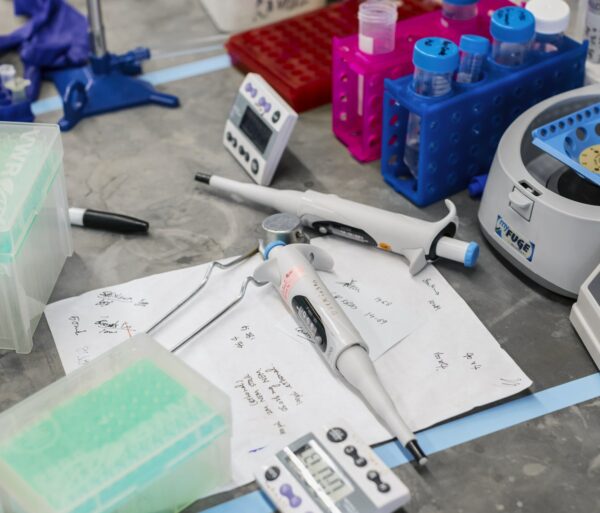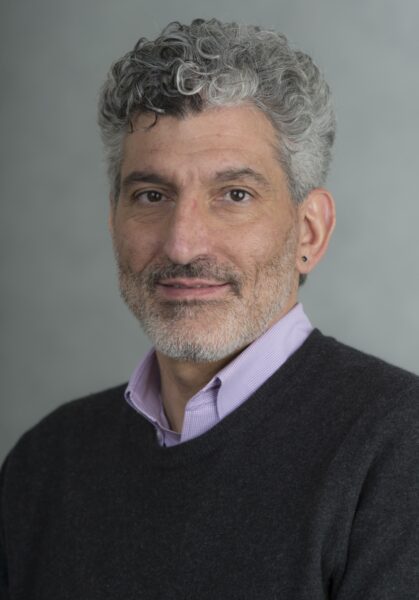Kathleen Millen, Ph.D., from the University of Chicago’s Department of Human Genetics, conducted research that may lead to diagnostic testing for a congenital brain malformation syndrome termed Dandy-Walker Malformation or DWM. Affected children have cognitive, motor and visual handicaps. Mental retardation and other developmental disabilities such as cerebral palsy and epilepsy are also common. Two out of ten thousand children every year are born with this often devastating birth defect, yet nothing is understood about the genetic basis of this abnormality and there is no understanding of what went wrong during brain development in these children.
The brain is made up of complex neural circuits. In order for these circuits to function properly, neurons must develop at the right time and connect to the right place. The regulation of neuronal development or pattern formation, is under the control of a variety of genes. The challenge is to determine which genes control development for each type of neuron. Dr. Millen has previously identified the function of a gene called, Lmx1a. This gene informs dorsal cells in the spinal cord and the brain how they should organize and therefore what they should become during development. Without this internal regulator telling the neurons what to do, brain abnormalities occur.
Mice lacking Lmx1a function have a brain malformation similar to a congenital cerebellar malformation in humans called Dandy-Walker Malformation (DWM). This observation led Dr. Millen to hypothesize that disruption in dorsal cell regulation may trigger DWM. This assumption may be useful in uncovering genes that may cause DWM in humans.
With the help of Dr. William B. Dobyns in the Department of Human Genetics, also at the University of Chicago, Dr. Millen set out to test this hypothesis in humans. They identified six unrelated children with DWM who have similar small deletions of chromosome 3. A graduate student in Dr. Millen’s lab, Ms. Inessa Grinberg, was trying to identify the important gene within the deletion that causes DWM in these children. If successful, this will be the first DWM gene identified and will lead to improved diagnostic and genetic testing which is currently unavailable for DWM patients and their families.



